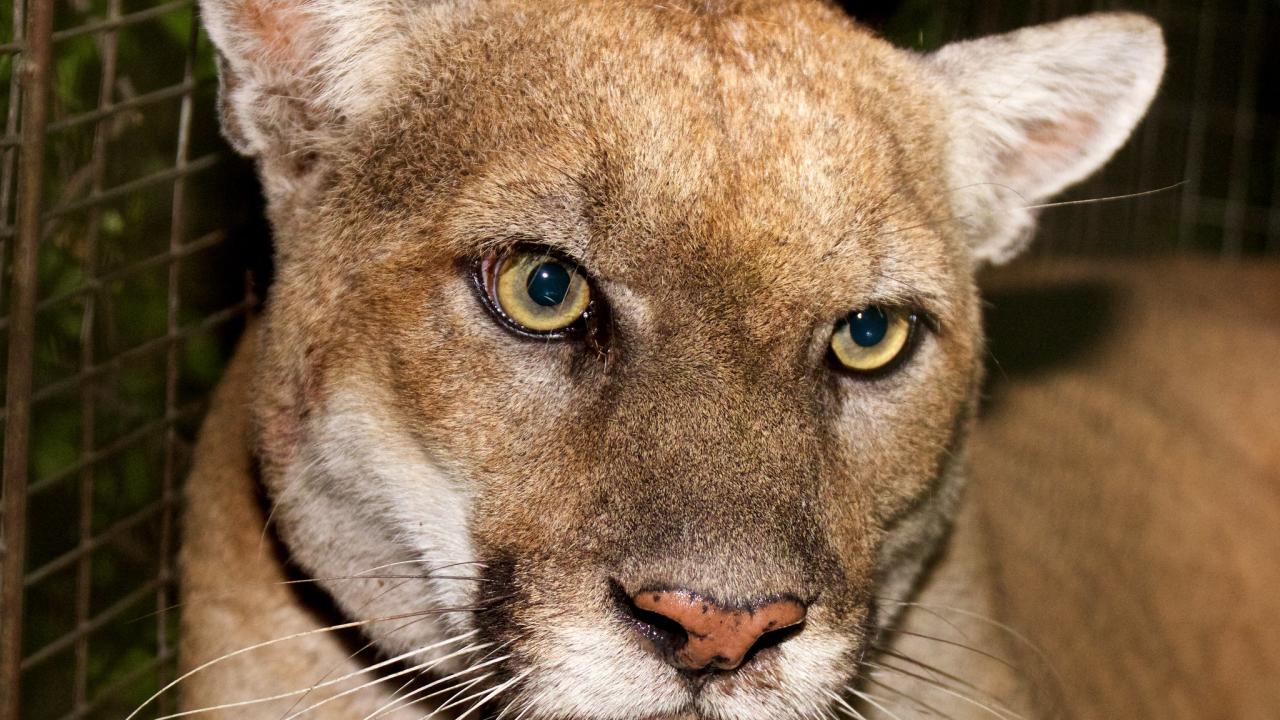When P-22 was captured and anesthetized last December by the California Department of Fish and Wildlife (CDFW) and National Park Service (NPS), the outlook was grim. Arguably the country’s most famous mountain lion, P-22 had lost weight and appeared to have suffered a vehicle strike.
A full evaluation determined the kindest course of action was humane euthanasia for the 12-year-old cougar who had once graced the pages of National Geographic. But it wasn’t until after the final postmortem examination and lab tests were complete did scientists have the full picture.
A recent NPS press release states: “The results confirmed that P-22 had been suffering from multiple severe injuries and chronic conditions that impaired his ability to function in the wild and would have lowered his quality of life if placed in human care.”
The postmortem examination was completed by veterinary pathologists at the San Diego Zoo and demonstrated that P-22 had serious injuries (some fresh and some older) and also confirmed that he was underweight, arthritic and had progressive and incurable kidney disease, as determined before his death. He also had a severe parasitic skin infection over his entire body, caused by demodectic mange and a fungus, specifically ringworm. This is the first documentation of a demodectic mange infection and a concurrent systemic ringworm infection in a California mountain lion.
No evidence of poisoning
The California Animal Health and Food Safety Laboratory at the UC Davis School of Veterinary Medicine conducted toxicology tests that provided additional information that P-22 had been exposed to five anticoagulant rodenticides (AR) compounds. However, he had no evidence of AR poisoning (i.e., unexplained bleeding, injury, illness or death due to exposure to the toxicants).
A separate CDFW study tested 247 mountain lions at the CAHFS lab. It showed that 96 percent of tested animals had exposure to one or more ARs. While felids tend to be more resistant to AR poisoning, there have been at least seven AR-related mortalities in Southern California mountain lions over the last 19 years.
"We are grateful to the San Diego Zoo Safari Park and Los Angeles Zoo teams," Deana Clifford, a senior wildlife veterinarian for CDFW and UC Davis alum (DVM, MPVM and PhD), said in the NPS press release. "They provided excellent care for P-22 and conducted a detailed postmortem examination that shed plenty of light on this cat's condition."
For more information about P-22’s life and legacy, visit the NPS puma profiles. Learn more about CDFW’s efforts to improve wildlife connectivity and to educate Californians about living with wildlife. For more information, please review the final necropsy summary.
P-22 captured hearts around the world and his death was covered in the New Yorker’s “A Requiem for a Great Cat,” and in a eulogy by Beth Pratt of the National Wildlife Federation.
Media Resources
Kat Kerlin, UC Davis News and Media Relations, 530-750-9195, kekelin@ucdavis.edu
